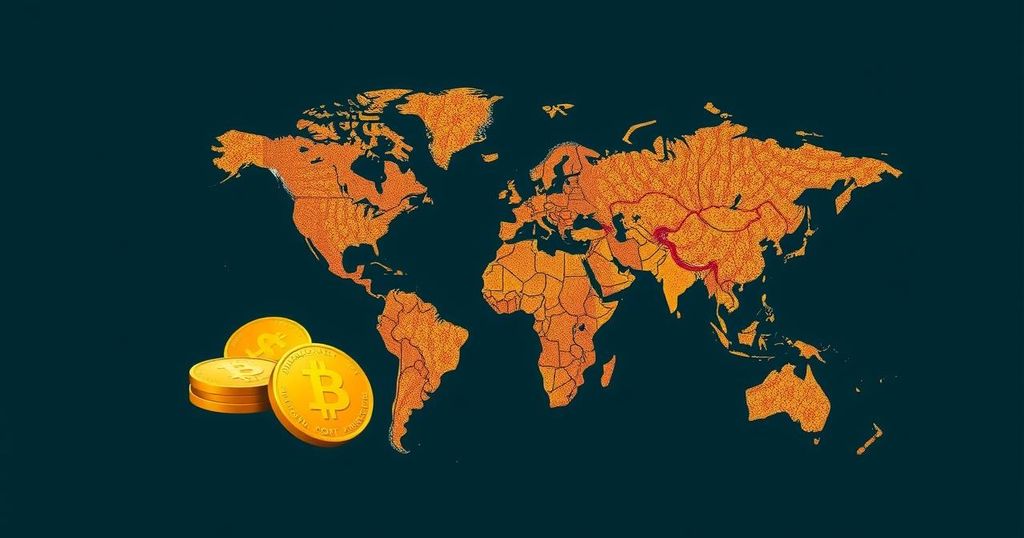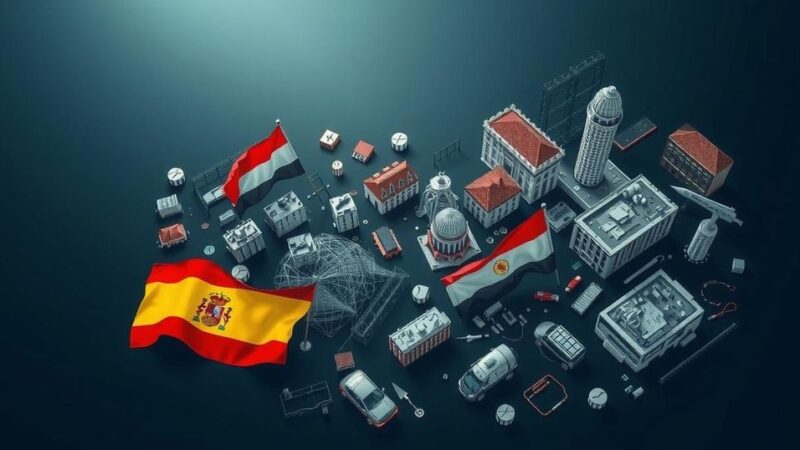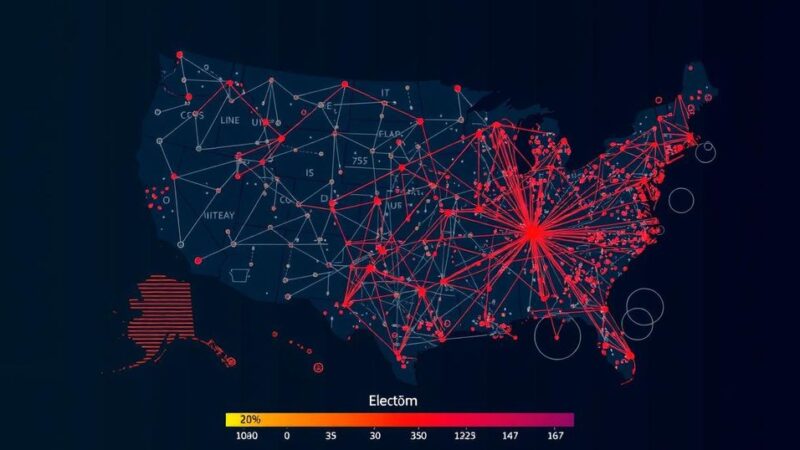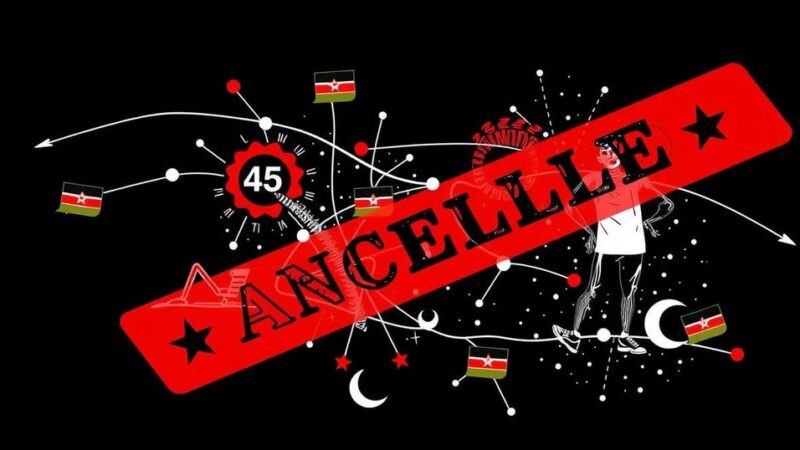A study suggests the IMF should sell 4% of its gold reserves to raise $9.52 billion for debt relief aimed at 86 low-income countries hit hard by climate change. Currently, the IMF’s CCRT has limitations, and many nations are ineligible due to strict criteria. With gold prices elevated, this sale could enhance financing for vulnerable economies facing increased debt repayment responsibilities.
Nairobi – A recent study advocates for the International Monetary Fund (IMF) to liquidate 4% of its gold reserves to provide debt relief for low-income nations severely affected by climate change. This recommendation emerges amidst the ongoing discussions at the COP29 summit, where climate financing is a critical topic. Countries from regions such as the Caribbean and Africa have increasingly sought assistance from the IMF due to various crises, including the COVID-19 pandemic, consequently increasing their debt obligations to the fund. Currently, the IMF operates the Catastrophe Containment Relief Trust (CCRT), which aims to relieve eligible countries’ debts for up to two years. However, this program is accessible to only 30 of the world’s poorest nations and has limited funds available, totaling $103 million. Researchers from the Boston University Global Development Centre highlight that many nations unable to access the CCRT lack eligibility due to stringent criteria that overlook climate vulnerability. The researchers suggest that by selling a fraction of the IMF’s gold reserves—amounting to 90.5 million ounces—an estimated $9.52 billion could be generated, thus allowing debt relief for 86 countries. With gold prices currently exceeding $2,600 per ounce, this strategy stands to significantly replenish the CCRT. Historically, the IMF has infrequently engaged in gold sales, with the last instance occurring between 2009 and 2010, aimed at expanding its lending capacity. The report underscores the increasing burden of debt repayments posing serious challenges for vulnerable economies, citing specific cases such as Madagascar, which anticipates debt repayments escalating from $106 million next year to $158 million by 2026. Mozambique is also expected to experience similar increases in its obligations to the IMF. The sale of gold would necessitate consensus among the IMF’s executive board and commitments from member countries to allocate their share of profits to the CCRT. The researchers emphasize the urgency of replenishing resources for CCRT since it offers support without conditionality, enhancing its appeal to impacted nations.
This article addresses the significant financial challenges facing low-income countries exacerbated by climate change and recent global disruptions. As these vulnerable nations seek assistance from institutions like the IMF, existing relief mechanisms such as the CCRT have proven insufficient due to strict eligibility requirements and limited resources. The ongoing COP29 summit highlights the importance of innovative financing solutions to support these nations effectively. The IMF’s gold reserves present an opportunity for immediate financial relief, allowing more countries to access the support needed during times of crisis.
The proposal to sell a portion of the IMF’s gold reserves presents a viable solution to address the pressing financial needs of low-income countries grappling with climate change impacts. By generating substantial funds through this sale, the IMF could expand the reach of the CCRT, thereby offering critical debt relief without the burdens of conditionality. This initiative calls for swift action and international collaboration to support vulnerable nations facing severe economic challenges.
Original Source: www.kitco.com






